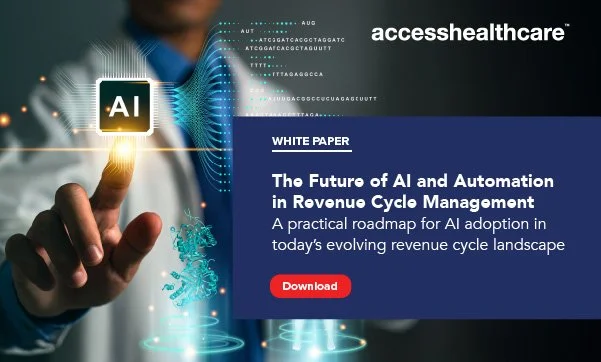Too many healthcare organizations are stuck in endless AI pilots that never quite deliver. It doesn’t have to be that way.
This guide shows healthcare leaders how to move beyond experimentation to measurable impact. You’ll discover clear, practical steps to take AI from a project to a revenue multiplier.
Three Key Takeaways:
Prioritize impact, not hype: Learn how to identify the use cases that truly move the needle on margin.
Scale with confidence: See how leading providers turned pilots into enterprise-wide wins.
Empower your teams: Discover how automation and AI work best with people, not in place of them.
Download the complete guide for a clear roadmap for integrating AI into your revenue cycle strategy—with real-world use cases and proven outcomes.


